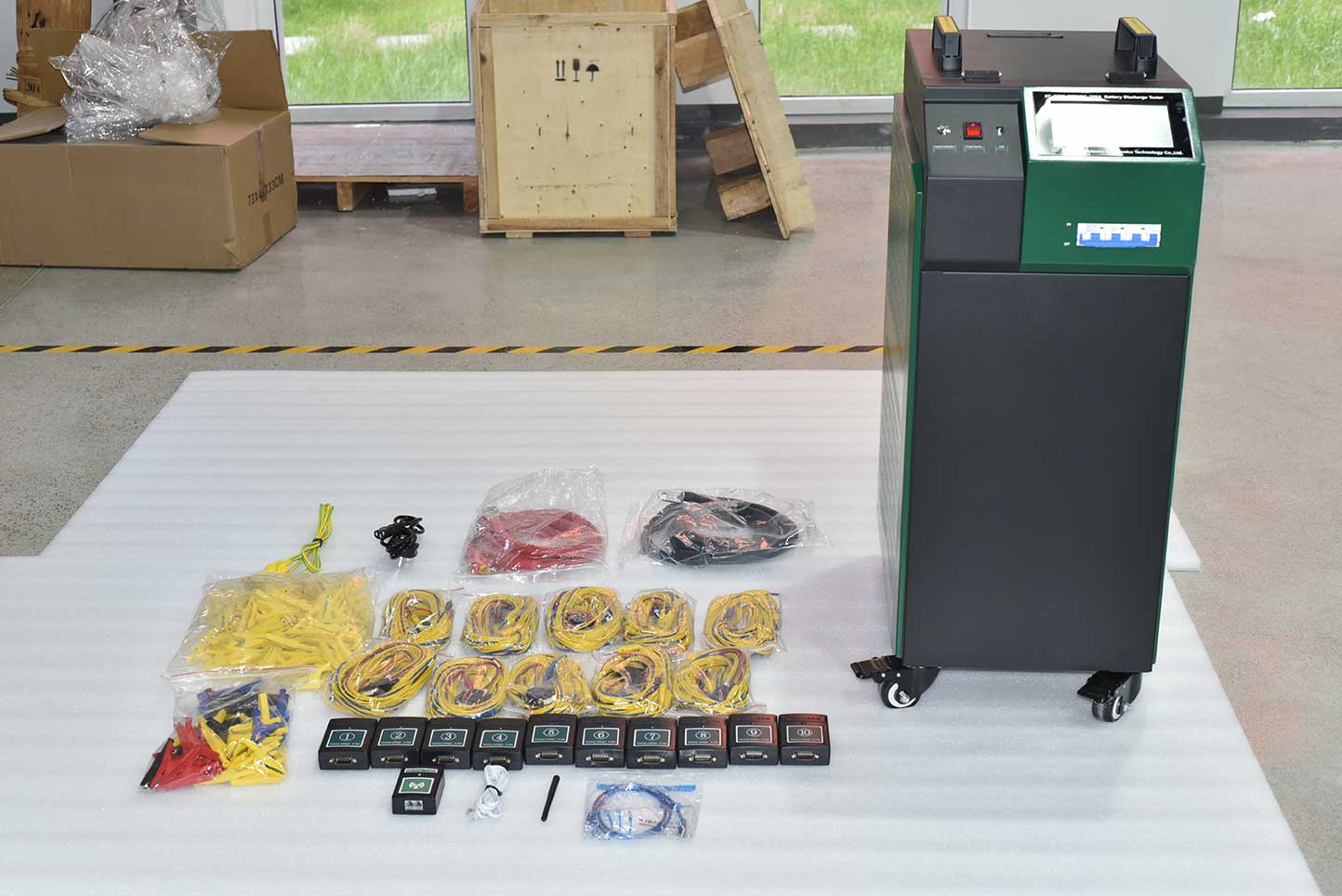Battery activation tester, also known as battery charging and discharging tester. With the rise of new energy, the application of batteries is becoming increasingly widespread, and the inspection and maintenance of batteries are also receiving more attention. Due to the electrochemical characteristics of batteries, for their detection and maintenance, it is generally necessary to use a battery activation instrument, which has a unique testing principle.
The traditional commonly used methods for detecting the capacity of battery packs are measuring the terminal voltage of the battery and conducting a verification discharge capacity test on the battery once a year. Although these two methods can preliminarily evaluate the performance of batteries and accurately measure the actual capacity of batteries, due to their testing principles, they may not reflect the true performance of batteries, and the testing process is complex, requiring a lot of time and manpower. The battery activator can provide users with a more efficient, accurate, and economical testing method to detect the capacity and performance of battery packs. It is necessary to mention the testing principle of the battery activation instrument here. The battery activation instrument adopts the principle of constant current. That is to say, the discharge circuit of the tester adopts advanced testing technology, commonly known as PWM+PID closed-loop control technology under the control of the central processing unit. This technology can continue to work accurately in the power circuit even when the discharge current is set. We know that the capacity of a battery pack is determined by the worst battery in the battery pack. So the principle of constant current discharge is to conduct discharge tests on the battery pack, in order to find the worst battery capacity and obtain the capacity of the entire battery pack.
To determine the performance of a battery, we can analyze it by analyzing its discharge curve. For batteries of the same specifications from the same manufacturer, their discharge curves should be consistent. The capacity of each individual battery in a group of batteries is different, and the discharge rate and discharge curve are also different. When the individual cells of a battery pack have different capacities, they discharge at different rates when the discharge current is the same. This clearly indicates that the battery follows a discharge curve with different discharge rates during discharge. This can ensure that the discharge current does not change during the testing process, thereby improving the accuracy of the test. At the same time, we also need to design a reasonable discharge test curve to facilitate users to visually observe the performance of the battery.

The ZC-420A battery load tester is specifically designed for conducting verification discharge experiments, capacity testing, daily maintenance of battery packs, engineering acceptance, and other DC power load capacity tests on battery packs. Using wireless communication technology, the discharge process of the battery can be monitored in real-time through PC monitoring software, monitoring the discharge process of each battery.





